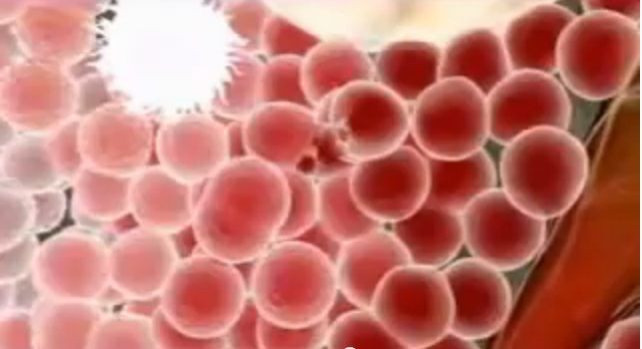Stem Cell Transplants Heal the Brain

Research at the University of Wisconsin-Madison documents human stem cells successfully implanting themselves in the brains of mice and then repairing neurological deficits. The implanted stem cells formed two common types of neurons once inside the mouse brain. As a result of this implant, the mice scored significantly higher on tests of learning and memory showing greater aptitude, for instance, in a water maze test.
The study, which experimented with a special strain of mice that do not reject transplants from other species, began with deliberate damage to their medial septum. This area of the brain is involved in learning and memory and connects to the hippocampus by GABA and cholinergic neurons.
"This circuitry is fundamental to our ability to learn and remember," says senior author Su-Chun Zhang, a professor of neuroscience and neurology. The two neuron types, according to Zhang, are involved in many kinds of human behavior, as well as emotions, learning, memory, addiction and other psychiatric issues.
Unusually, the transplanted cells were placed in the hippocampus -- a vital memory center -- at the other end of those memory circuits. The process is akin to working with telephone cable, Zhang explains: If you find the correct route, you could wire a replacement from either end. After the transferred cells were implanted, they started to specialize and connect to the appropriate cells in the hippocampus in response to chemical directions from the brain.
It was critical to ensure that nearly all of the transplanted cells became neural cells, Zhang explains. "In many other transplant experiments, injecting early progenitor cells resulted in masses of cells - tumors," Zhang says. "This didn't happen in our case because the transplanted cells are pure and committed to a particular fate so that they do not generate anything else. We need to be sure we do not inject the seeds of cancer."
The human embryonic stem cells were cultured in the lab using chemicals known to promote development into nerve cells - the professor's field of interest for 15 years.
Zhang's findings support the prospect of someday using human stem cells in developing therapies for neurological disorders of learning and memory since cholinergic neurons are involved in Alzheimer's and Down syndrome, while GABA neurons are involved in schizophrenia, epilepsy, depression, addiction and additional disorders.
Unfortunately, development of such a therapy is unlikely anytime soon. Zhang's research, published in the current issue of Nature Biotechnology, will more probably be applied to creating models for drug screening and discovery. "For many psychiatric disorders, you don't know which part of the brain has gone wrong," Zhang notes.
Published by Medicaldaily.com



























